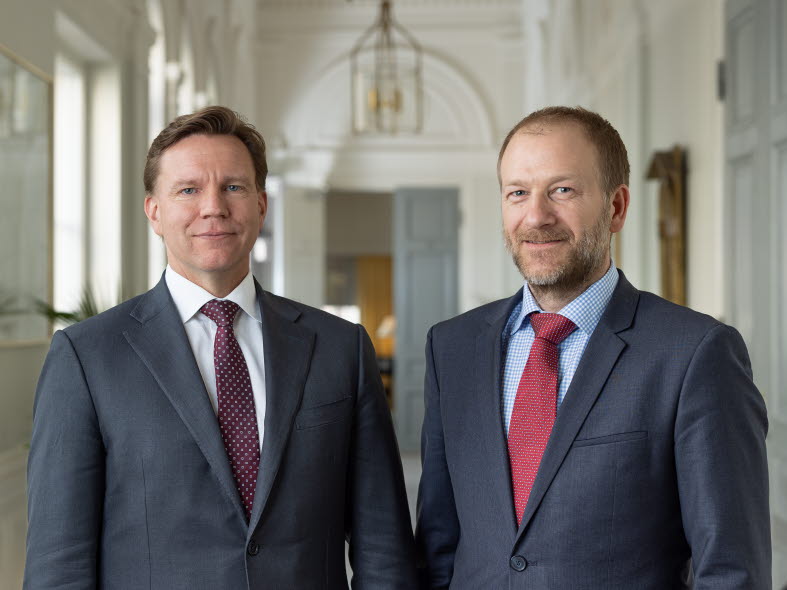A mixed situation as central banks show their true colours

This year has started dramatically, with geopolitical turmoil and central bank choices at the heart of economic policy discussion. The ongoing conflict in the Middle East escalated into direct attacks between Israel and Iran, a development many had feared but no one wanted. This caused markets to react negatively − with reduced risk appetite, lower share prices, higher bond yields, rising oil and gold prices, a stronger US dollar and a weaker euro and krona. After both Israel and Iran, as well as other countries, showed clear signs of wanting a de-escalation, and no more attacks appeared likely to follow, market concerns were dispelled. Oil prices, for example, fell back to previous levels. But the episode is an important reminder that the situation is fragile and that geopolitical margins are small.
A different kind of drama is unfolding when it comes to inflation, central banks and future interest rate developments. In the January issue of Nordic Outlook, we quoted Federal Reserve policymaker Chris Waller. In a speech, he talked about falling inflation, saying that that a soft landing was more or less in place and that “for a macroeconomist, this is almost as good as it gets.” At that point, market pricing pointed to no fewer than seven Fed interest rate cuts during 2024. Financial markets were very pleased. But a lot has happened since then. In the US, there were three surprisingly high inflation figures in a row (for January, February and March). In addition, the US labour market and the overall economy showed signs of starting to strengthen again. The soft landing suddenly seemed to be turning into no landing at all. Waller and other Fed representatives changed their tune and are now saying there is no hurry at all to cut the key rate. Most observers (including us) have thus revised their interest rate forecasts and now believe that the first Fed rate cut will not occur until after this summer. And those seven interest rate cuts that the market had priced in during January have now fallen below two.
But despite geopolitical turmoil and the drama surrounding the Fed and its postponed rate cuts, it would be wrong to say that economic conditions on the whole have deteriorated. The overall picture of falling inflation and a normalisation of the economy is holding up, although this is currently clearer in Europe than in the US. We believe the European Central Bank will begin cutting interest rates in June, despite hesitant signals from the Fed. And we believe that against a backdrop of declining inflation but anaemic growth and a weak labour market, Sweden’s Riksbank sees good reasons to cut its policy rate earlier than both the Fed and the ECB. The big worry, of course, is the krona; after rebounding in late 2023, the currency is again troublingly weak.
Provided that inflation gradually falls, recession can be avoided and the main direction of interest rates is downward, this will still pave the way for a strengthening of household purchasing power, greater willingness by businesses to invest and a recovery in economic activity. And the Nordics look set to perform better than many other countries over the next few years. These are interesting economic times we live in. We look forward to continuing to monitor and discuss them with you.
This May 2024 issue of Nordic Outlook includes in-depth theme articles that address the following issues:
- Green industrial support
- The EU election
- FX Scenarios
We wish you pleasant reading!
Jens Magnusson
Chief Economist
Daniel Bergvall
Head of Economic Forecasting
